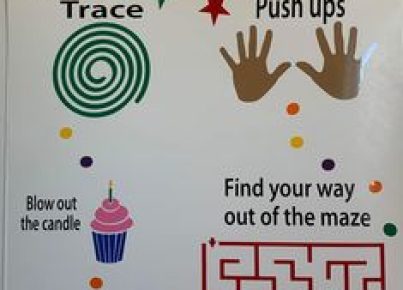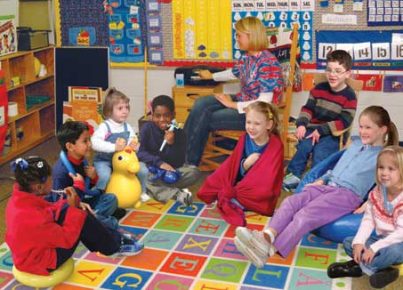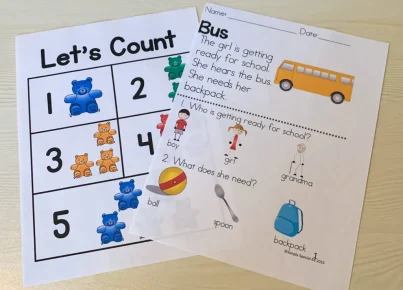Introduction:
Dyspraxia, also known as Developmental Coordination Disorder (DCD), is a neurological condition that affects motor skills, coordination, and planning abilities. It is estimated that up to 10% of the population may have some degree of dyspraxia, with around 2-6% experiencing significant difficulties. In this article, we will address strategies to support pupils with dyspraxia in the classroom and provide an overview of Help Sheet 16 – a valuable resource for educators and parents alike.
Strategies for Supporting Pupils with Dyspraxia:
1. Create an inclusive learning environment
An inclusive learning environment allows pupils with dyspraxia to feel accepted, valued, and safe. Teachers can achieve this by promoting awareness and understanding among classmates, adjusting teaching methods to cater to various learning styles and needs and ensuring that adaptive equipment is available when necessary.
2. Break tasks down into smaller steps
Pupils with dyspraxia often struggle with managing multiple steps or tasks simultaneously. By breaking tasks down into simpler, smaller steps, teachers can help pupils stay focused, organized, and capable of achieving success.
3. Use visual aids
Visual aids like diagrams, flow charts, graphic organizers, or checklists can be highly beneficial for pupils with dyspraxia in understanding concepts or organizing their thoughts.
4. Encourage active participation
Involving pupils with dyspraxia in classroom discussions and activities helps boost their confidence and enhances their social skills. Additionally, incorporating hands-on activities or movement into lessons can significantly support their learning process.
5. Provide additional time for completion of tasks
Pupils with dyspraxia may require extra time to process information or complete assignments due to their unique challenges. Allowing them the needed time helps reduce stress and ensure their full understanding of the topic.
Help Sheet 16: A valuable resource for supporting pupils with dyspraxia
Help Sheet 16 is a comprehensive guide that serves as an excellent resource for parents, educators, and professionals working with pupils with dyspraxia. It offers helpful information on understanding dyspraxia, recognizing common symptoms, and implementing practical strategies to support affected pupils in their academic journey.
Key features of Help Sheet 16 include:
– Detailed information on dyspraxia, its prevalence, and the challenges faced by affected individuals
– A list of common symptoms and signs to watch for in pupils
– Practical classroom strategies and accommodations designed specifically to assist pupils with dyspraxia
– Tips for parents to support their child’s learning at home
– Resources for further information and assistance
Conclusion:
Supporting pupils with dyspraxia requires understanding, patience, and a willingness to adapt teaching methods to meet their unique needs. By implementing the strategies discussed in this article and utilizing resources like Help Sheet 16, educators can significantly improve their ability to navigate these challenges and help pupils with dyspraxia succeed academically.





